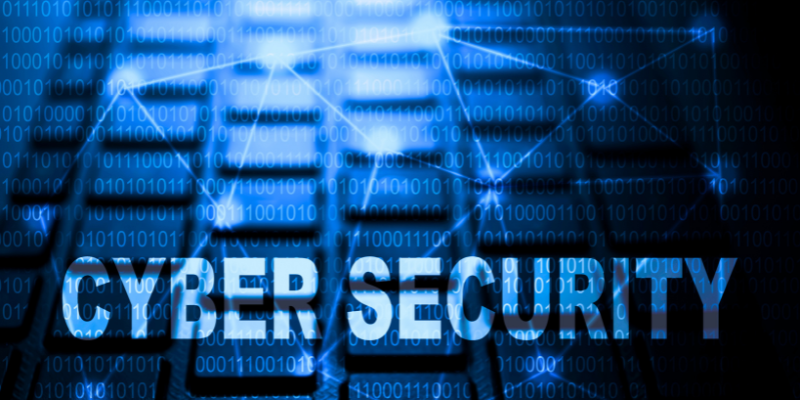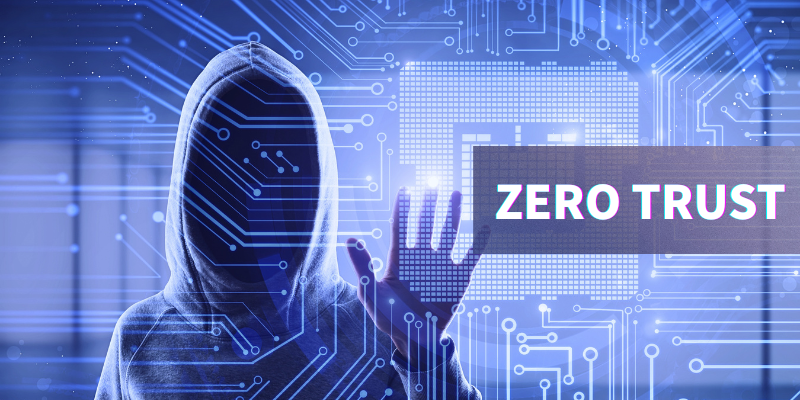- Home
- Blog
- Cloud Services
- Enterprise Cybersecurity Strategy: Zero Trust, Cyber Resilience, and AI Defense
Enterprise Cybersecurity Strategy: Zero Trust, Cyber Resilience, and AI Defense

As the CyberSec 2025 conference wraps up, cybersecurity has once again become a central focus for businesses navigating digital transformation and long-term sustainability. Among the top strategic priorities are Zero Trust Architecture, Cyber Resilience, and the integration of AI into cybersecurity defense.
This article explores how enterprises can strengthen their security posture across these three key fronts in the post-conference era.

Zero Trust Architecture: Never Trust, Always Verify
Traditional perimeter-based security models assumed that everything within the internal network was trustworthy. However, in today's landscape—where multi-cloud environments, remote work, and BYOD (Bring Your Own Device) are widespread—this trust model is no longer effective against insider abuse and lateral movement attacks.
Zero Trust Architecture (ZTA) is based on the principle: Never trust, always verify. Every user and device—regardless of their location—must undergo strict identity and device authentication. Access is granted based on least privilege principles.
ZTA is especially effective for remote workforces, hybrid cloud infrastructures, and cross-border operations, as it significantly reduces the risks of data leakage and lateral intrusions.
.png)
Cyber Resilience: Identify → Protect → Detect → Respond → Recover
In today’s threat landscape, the question is no longer if a cyberattack will happen, but when. Cyber resilience focuses on a business’s ability to maintain operations and recover swiftly after an incident to minimize disruption.
Key capabilities every enterprise should build include:
- Developing a comprehensive Disaster Recovery Plan (DRP) and Business Continuity Plan (BCP)
- Implementing redundant and fault-tolerant systems across both cloud and on-premise environments
- Conducting regular red team exercises and internal audits
- Ensuring critical systems are highly available and capable of instant failove
.png)
AI in Cybersecurity: A Double-Edged Sword
The rise of AI presents both new opportunities and threats in the cybersecurity domain. Hackers are now leveraging generative AI to create:
- Highly convincing phishing emails
- Automatically generated malware
- Adaptive ransomware that learns from and evolves against defense mechanisms
To counter this, enterprises must implement a three-tier AI defense strategy:
- AI for Defense – Deploy AI-driven cybersecurity platforms that detect and block anomalies in real time
- AI Adversarial Defense – Build models capable of identifying AI-powered attacks
- AI Monitoring – Continuously monitor AI systems to detect manipulation or inappropriate output
CoreWinner's Integrated Cybersecurity Solutions
As a trusted partner to enterprises, CoreWinner provides comprehensive and integrated cybersecurity solutions to address today’s complex digital threats.
📩 To learn more about our services, contact us for a customized consultation.
.png)
Article Classification
Recent Articles
- Enterprise Cybersecurity Strategy: Zero Trust, Cyber Resilience, and AI Defense
- IoT and Smart Cities: Building a Smarter, More Sustainable Future
- Cloud Gaming Market Boom: The New Battleground for the Gaming Industry
- The Convergence of AI and Cloud Technologies: Dual Engines Driving the Future Technology
- Cybersecurity in the Digital Age: Common Threats and Defense Strategies
